Industry News
04/04/2019
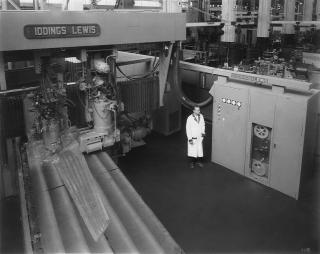

FOND DU LAC, Wis. – 2019 is a big year for Fives Giddings & Lewis as it celebrates its 160th anniversary, with a special celebration happening this summer.
04/04/2019


Erie, PA—Vice President and General Manager of Eriez-USA Tim Gland announces that Dave Heubel has been promoted to the newly created position of Senior Sales Director of Eriez-USA, effective January 3, 2019.
04/04/2019


Erie, PA—Vice President and General Manager of Eriez-USA Tim Gland announces that Dan Zimmerman has been promoted to the position of Operations Director of Eriez-USA.
04/04/2019


(Cincinnati, OH) – HEULE Precision Tool announces that their BSF tooling has been selected as a finalist for the Swiss-American Business Council (SABC) Innovation Award for 2018.
04/04/2019
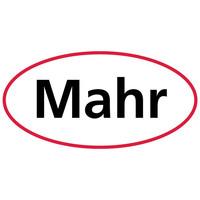

PROVIDENCE, RI – Mahr Inc., a provider of dimensional metrology solutions, closed a record year of success in 2018—including adding multiple key hires, opening new facilities across the United States, and introducing a number of innovative products.
04/03/2019


Elk Grove Village, IL – As of April 1, 2019, Niigata Machine Techno USA, Inc. will be the distributor of Niigata Injection Molding Machines.
04/03/2019


Where did the years go?
04/03/2019
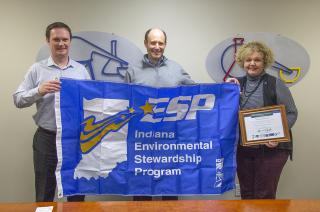

(Madison, IN) – Madison Chemical was recently recognized for it’s commitment to the environment by the Indiana Department of Environmental Management (IDEM).
04/03/2019
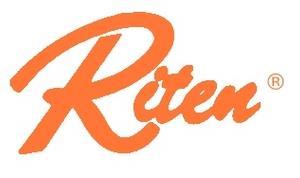

Addison, Illinois - Effective January 27, 2019, The Whittemore Co. (Whittemore) announced the expansion of their partnership with Riten Industries to include the states of Kansas & Missouri .
04/03/2019


Addison, Illinois - Effective January 1st, 2019, The Whittemore Co. (Whittemore) announced the expansion of their Dormer Pramet territories to the state of Wisconsin.
04/03/2019
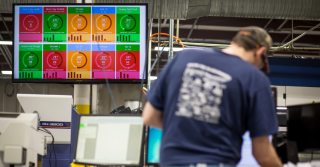

The fourth industrial revolution is upon us, and as you may know, this means change. As an industry, it is imperative that manufacturers adopt new technologies and increased connectivity that will enable more data-driven decisions. Thankfully, this also means increased efficiency, more parts produced, more accurate bidding, happier customers and increased revenue.
04/02/2019
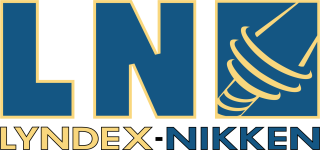

Addison, Illinois - As of January 14, 2019, The Whittemore Co. (Whittemore) announced their partnership with Lyndex-Nikken.
04/02/2019
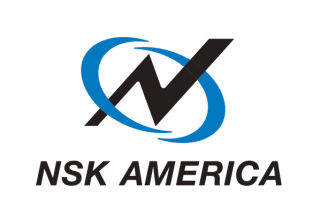

Addison, Illinois - As of January 14, 2019, The Whittemore Co. (Whittemore) announced that it has officially partnered with NSK America, to its portfolio of products and principals it represents in the states of Illinois and Wisconsin.
04/02/2019
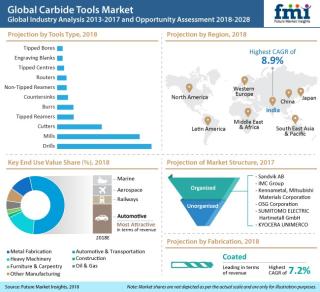

Carbide-tipped cutting tools, more popularly, carbide cutting tools, have been in use for a plethora of materials on engine lathes, CNC lathes, turret lathes, vertical turret lathes and chuckers. While excellent wear resistance of carbide tools manifests their enduring operational life, it also positions them superior to other counterparts when it comes to surviving longer production runs. Research has proven time and again that carbide tools are highly efficient in comparison with other solid cutting tools and high speed steel (HSS) tools.
04/02/2019
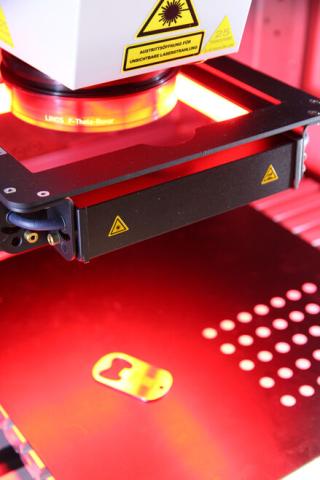

The Innovation and Research Center (IFC) Tuttlingen of the Hochschule Furtwangen University of Applied Sciences (HFU) and FOBA Laser Marking + Engraving have officially launched their innovation cooperation for medical technology. At a ceremony on March 20 in the new rooms of the IFC on Katharinenstraße, a modern laser marking system was presented, which is now available to the university for its research as well as interested parties from the industry for demonstration purposes.
04/02/2019
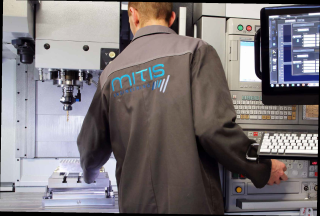

Process optimization is key to increase the productivity and quality of the machining processes and thus ensure the competitiveness of machining companies. Valid measurements of physical parameters are necessary for the ideal assessment of optimization and measures as well as the efficient use of production resources at their performance limits. MITIS, a leading manufacturer of systems for vibration-assisted drilling, relies on measuring systems from Kistler for cutting force measurement.
04/01/2019


ARCH, a Strength Capital Partners and Main Post Partners platform company that is focused on manufacturing precision cutting tools, precision machined industrial components and medical implants and instruments, has been acquired by The Jordan Company (“TJC”) effective April 1, 2019. Eli Crotzer, president and CEO of ARCH Global Precision and the entire ARCH senior management team intend to continue operating in their current roles under TJC’s ownership.
03/29/2019


For the second time in its North American Headquarters, Zoller Inc. is hosting an Open House and Technology Days Event May 8-9.
03/29/2019


A Ph.D. candidate from RMIT University in Melbourne, Australia, has been awarded a $15,000 prize for developing a 3D-printed steel tool capable of cutting titanium alloys as well as—if not better than—traditionally manufactured steel tools. The achievement marks a first and could pave the way for increased applications of 3D printing in tool production.
03/29/2019


At many facilities, when there’s a problem on the factory floor, the high-value, highly salaried engineers spend their time collecting data from different machines and systems, exporting it to spreadsheets and wrangling with it to find a solution. This process of data collection and analysis can take from days to weeks—and sometimes longer. There are two ways to transform this process: the traditional way and the intelligent way.
